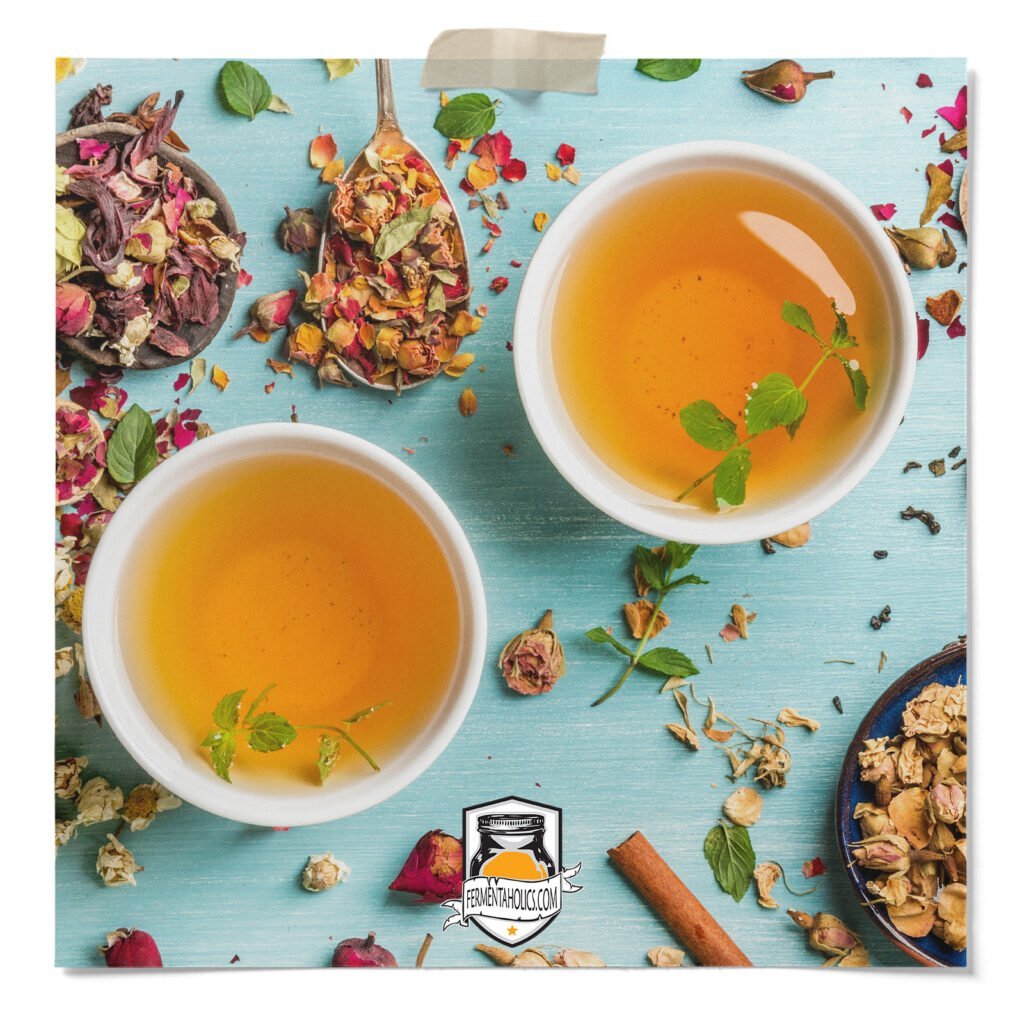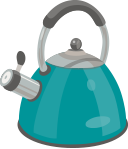
Chamomile flowers steeped in hot water make for a delightful herbal infusion that aids in relaxation. Great for before bed, or any time of the day since it is caffeine-free.The smell and taste of chamomile is unlike any other tea. It’s buttery and sweet, refreshing and fruity. Great for a cup of tea on its own or for infusing flavors into your favorite culinary creations.

Chamomile is a member of the daisy family and is commonly used as a natural remedy for relaxation and sleep. Chamomile Tea is made from the dried fresh chamomile flowers of the chamomile plant tea leaves. It is caffeine free, making it the perfect choice for those looking for a calming drink before bedtime. Chamomile tea is also known for its delicate floral aroma and mild, slightly sweet taste.
While chamomile is commonly referred to as tea, technically, it is not tea at all. All tea is derived from the same Camellia sinensis plant; if what you call tea isn’t from this plant, it’s not a true tea. Instead, chamomile is categorized as a tisane, which is another word for herbal tea. To learn more about their differences, you can visit our post on Teas vs Tisanes.
How to pronounce chamomile? When it comes to the pronunciation of ‘chamomile,’ it can be helpful to break the word down into syllables. So, for American English, the word is pronounced: “KAM-uh-mile.”
So when you put it all together, it sounds like “KAM-uh-mile.”
It’s worth noting that the pronunciation can vary between different dialects of English. In British English, it is often pronounced “KAM-uh-meel.” So if you come across this pronunciation, rest assured that it’s perfectly acceptable in certain regions.

2 teaspoons

205-212 °F

5 minutes
Step 1: Pour 8 fl oz of hot water over 2 tsp of Chamomile tea.
Step 2: Let steep for 5 minutes, strain, and enjoy.
A cup of Chamomile tea is generally brewed within the following guidelines. For one cup of tea, use 2 level teaspoons or 4 grams per 8 fl oz. For those who like their tea strong, you can double the amount of Chamomile tea used to 4 teaspoons or 8 grams per 8 fl oz.
When brewing chamomile tea, it has a delicate and soothing taste profile. The infusion has a subtle floral taste and is slightly sweet, with a hint of apple mint and a touch of honey. It creates a soothing and relaxing drinking experience with its golden hue and gentle aroma. With each sip, you’ll notice the tea’s smooth and mild character, making it an excellent choice for those who are new to herbal teas. Chamomile Tea is also caffeine free. This makes it a wonderful option for unwinding at any time of the day or night.
While chamomile tea is fantastic on its own, there are seemingly endless ways to add to the classic cup. Here are a few ways and ideas to help get you started. While chamomile tea is fantastic on its own, there are seemingly endless ways to add to the classic cup. Here are a few ways and ideas to help get you started.
Chamomile can also be in to make kombucha. Making your own kombucha at home is a rewarding and inexpensive way to enjoy this probiotic-rich beverage. With a few ingredients and patience, you can make your own delicious, sparkling kombucha. Follow this step-by-step kombucha recipe to learn how to start making kombucha.
What is Chamomile tea good for? Chamomile tea offers a wide range of health benefits that have been valued for centuries. It is often consumed before bedtime for its calming effects, making it an excellent natural remedy for promoting relaxation and restful sleep.
But Chamomile is more than just a calming drink; according to one Harvard University study, chamomile was found to be rich in bioactive phytochemicals, particularly flavonoids. It acts as an antioxidant and supports overall health and well-being. It also contains essential minerals and vitamins such as potassium, calcium, carotene, and folate, providing a nutritional boost.
Furthermore, a separate study done by the National Library of Medicine suggests that chamomile tea may have potential benefits for heart health, immune system support and possibly protects against certain types of cancer. It has also been linked to relieving symptoms of anti-inflammatory properties and anti-anxiety effects. In addition, chamomile tea may help slow down age-related bone loss, making it a valuable addition to a balanced and healthy lifestyle. You can find the whole article here: National Library of Medicine.
No, unlike traditional tea, made from the Camellia Sinensis plant, chamomile is an herbal tea made from the dried flowers of the chamomile plant. This makes it a caffeine-free option and a popular choice before bedtime. So you can enjoy a cup of chamomile tea without the stimulating effects of caffeine.

Yes, chamomile can be reused for a second steeping, but it will lose strength, so the flavor will be milder compared to the first infusion. So adjust and extend the steeping time accordingly to extract the desired flavors.
Yes, you can sweeten chamomile tea to taste. Honey, agave syrup, or lemon juice can add sweetness or enhance flavor in many dishes. Experiment with different additions to find your preferred combination.
Although chamomile tea is generally safe for most people, it may cause allergic reactions in people with known allergies to plants in the daisy family.
Yes, chamomile tea is generally considered safe for children. However, if you still have concerns, and as with anything, you can start with a small amount and work your way up from there. Alternatively, you can always consult with your pediatrician.
Absolutely! Chamomile tea can be combined with other herbs or tea bags to create unique flavor profiles. Some popular combinations include chamomile with lavender, mint, or lemon balm. Feel free to experiment and discover your favorite blend.
Explore our wide range of exquisite tea blends and find your perfect brew today!

$11.99 Original price was: $11.99.$9.99Current price is: $9.99.
In stock
$10.99 Original price was: $10.99.$9.99Current price is: $9.99.
In stock
$10.99 Original price was: $10.99.$9.99Current price is: $9.99.
Out of stock product
$10.99 Original price was: $10.99.$9.99Current price is: $9.99.
In stock
$15.99 Original price was: $15.99.$14.99Current price is: $14.99.
Out of stock product
$15.99 Original price was: $15.99.$14.89Current price is: $14.89.
In stock
